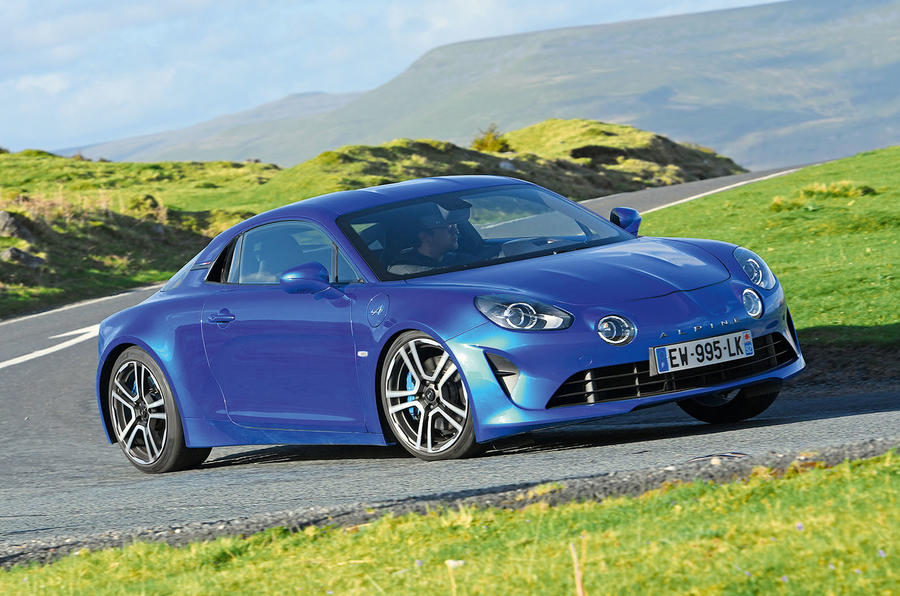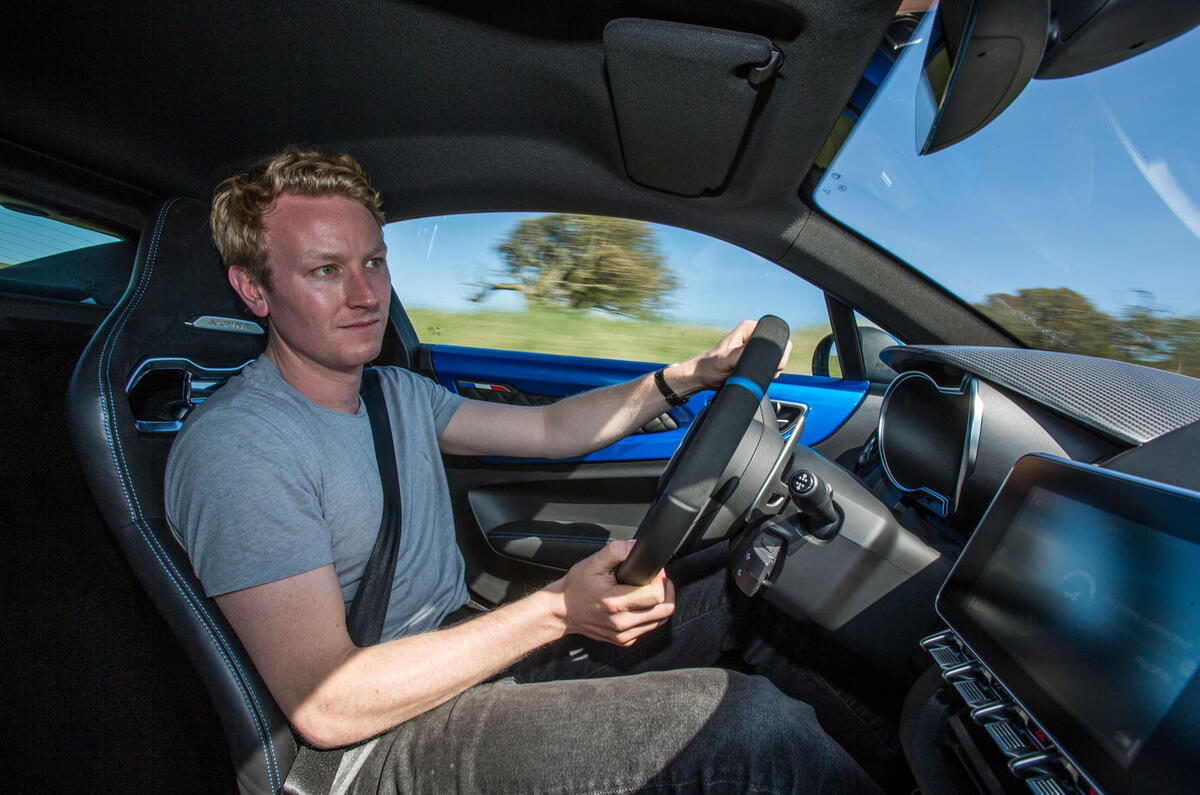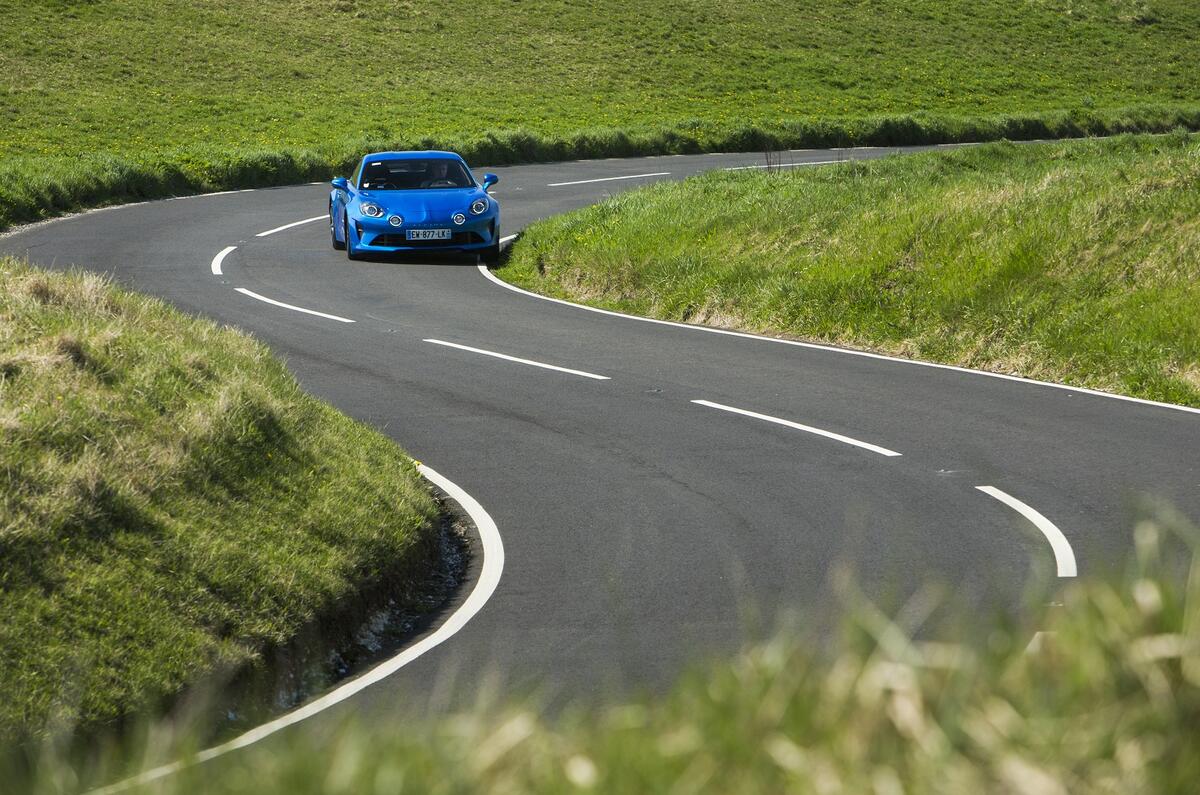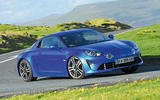What is it?
If you’ve read and fully digested Matt Prior’s dispatch from the launch of the Alpine A110 last year, you already know just how special a car Alpine has built.
What you’ll read here is an interim report between the car arriving for the first time in the UK and a full Autocar road test. It’s during the latter, spread over 10 pages in the magazine, that the A110 will be subjected to the rigours of road and track both bone-dry and treacherously sodden, to stopwatch, telemetry and noise-monitoring gear, and finally to the views taken by several road testers. We will discover whether it’s good for the five-star verdict early impressions suggested.
What makes the prospect so exciting is that five-star cars are generally rather more expensive than most people are prepared to spend. At around £50,000, you could say the A110 also falls into that category but, for many, it won’t — it’ll be mouthwateringly slap bang in the middle of toy territory.
So let’s quickly remind ourselves what an A110 actually is beyond a vividly reimagined interpretation of a ‘Berlinette’ built in the 1960s — one that proved pretty handy on a rally stage.
The original A110 slung its engine out beyond the rear axle, whereas the modern car positions a 1.8-litre turbocharged unit behind the cabin but within the wheelbase. Its four cylinders make only a modest 248bhp, but an entirely new aluminium platform means a kerb weight of just over 1100kg.
Cars built to Pure specification use smaller, 17in wheels and one-piece Sabelt buckets (the very same as on our fully loaded Première Edition test car) to bring that figure down further. By comparison, a Porsche Cayman equipped with a PDK gearbox weighs nearly 1400kg.
You can get a lighter Cayman with a manual transmission, of course, but the A110 comes fitted with a seven-speed dual-clutch from Getrag. That’s right; there is no manual. The auto has been modified from what you’ll find in the Renault Sport Clio, however, and now uses wet clutches and custom ratios. Suspension is by double wishbones front and rear, and the tyres are refreshingly narrow 205-section affairs.
This being a sports car with pretensions of purity, drive is delivered to the rear axle alone and it does without a limited-slip differential in favour of a system that brakes the inner wheel during cornering. Using an open differential saves weight (and money), although there’s also the fact that an LSD can corrupt steering feel just off centre — just ask Lotus.














































Join the debate
Add your comment
And I thought I got sunburnt
And I thought I got sunburnt easily! ;-) Nice car and great that it's something a bit different. Not sure how many we'll see but would definitely get one if in the market for this sort of car!
A Welcome Return
Nice to see a historic marque make a triumphant return, especially in an era when there are so many models that look the same. It would be great if they make a de-tuned budget version that is priced in between the top RenaultSport Megane models and this 'full fat' Premiere Edition.
A World Record Holder?
Nice motor, but centre screen must hold new world record for largest bezels? Would have still been massive a decade ago.